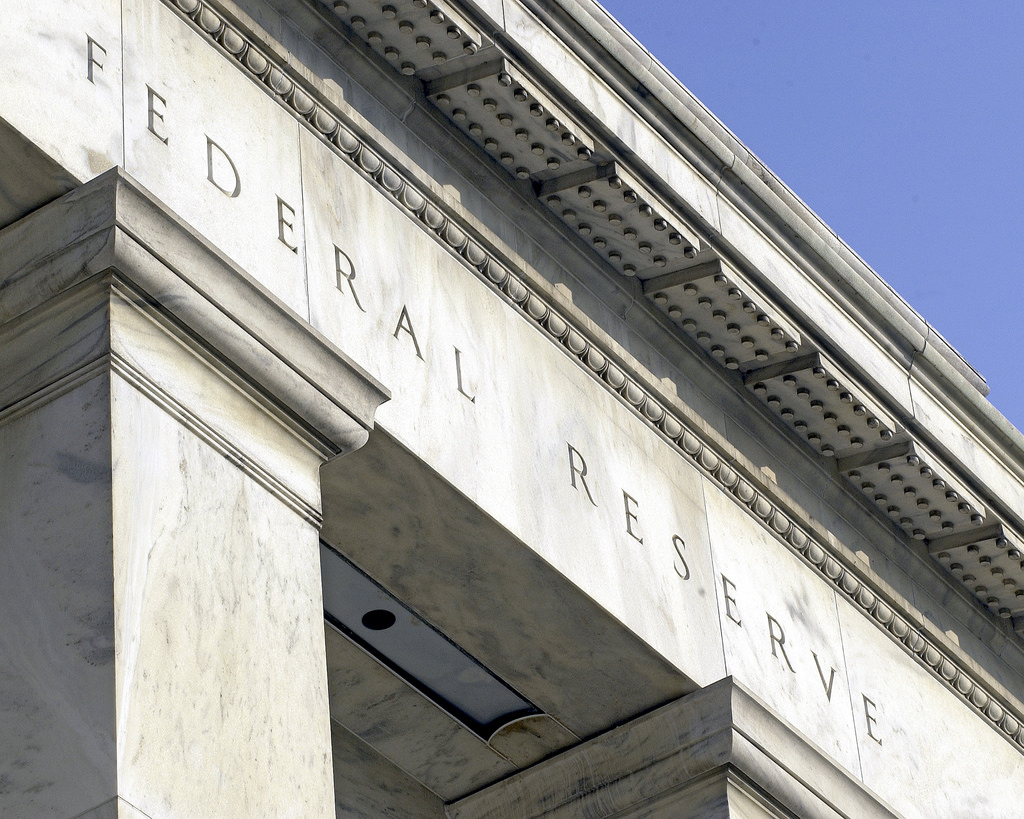Monex Europe: Rate cuts draw closer for the Fed as the economy seen cooling
Monex Europe: Rate cuts draw closer for the Fed as the economy seen cooling

The Federal Reserve tweaked its policy statement and Summary of Economic Projections in a progressively dovish direction as it now views the economy as less inflationary in the near-term.
Out of the corresponding material, the downgrade to the 2024 median dot plot projection, indicating 75bps of rate cuts as its base case instead of 50bps in September, represents the most significant development.
While at face value this suggests the Fed’s reaction function has turned materially more dovish, we note that this is consistent with Fed commentary since August that suggests policy is now determined on the level of real rates rather than nominal, as such policy can still be viewed as 'restrictive' during the early parts of the easing cycle. This is reflected in the updated SEPs, where the increase in the pace of nominal easing tracked the downgrade in the Fed’s 2024 growth (1.4% vs 1.5% previously) and inflation (2.4% vs 2.5% previously) forecasts.
The Fed’s view that nominal rates would need to be lowered as the economy cools was also reflected in the Fed’s policy statement. Here, only two changes were made since November’s meeting. First, the Fed altered the language of its growth outlook, noting that the economic outlook 'has slowed from its strong pace in the third quarter'. Second, it dialled down its tightening bias, adding 'any' before 'additional policy firming that may be appropriate'.
This was clarified by Powell in the press conference as reflecting rates 'at or likely near its peak' but participants also not wanting to 'take the possibility of further hikes off the table'. Again, this isn’t a significant change in the Fed’s overall stance, just its view that the economy is cooling as it enters a soft landing phase.
Nevertheless, markets care about nominal rates in the near-term, and the fact that the Fed is now factoring a faster pace of nominal easing in 2024 and Powell’s tone was materially less cautious than his December 1st warning of 'head fakes' in the data despite lingering signs of concern in the latest labour and inflation reports, was enough for short-term interest rate traders to factor in 30 basis points more easing next year.
This brings the cumulative amount of expected easing to 146bps. While traders’ appetite to price further nominal rate cuts doesn’t come as a surprise, the fact that the 27bps decline in the nominal 2-year yield was largely driven by declining real yields is surprising, especially given our view that the Fed’s stance on real rates is unchanged.








